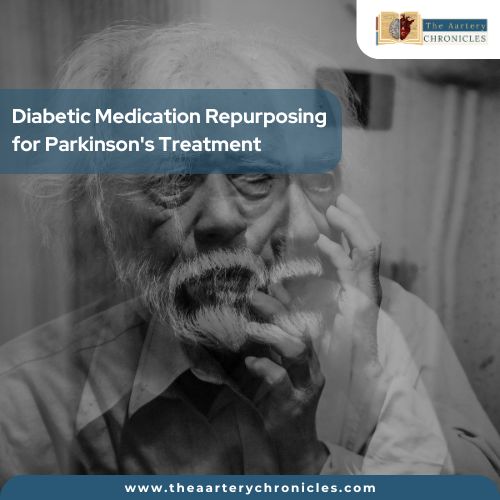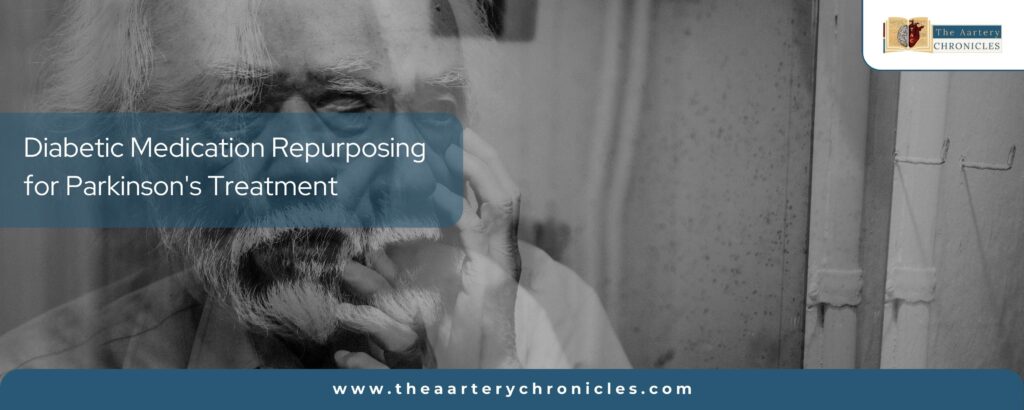

Breakthrough Study: Repurposing Diabetic Medication Shows Promise in Parkinson's Disease Treatment
The recent research, as published in the New England Journal of Medicine, suggests a potential repurposing of diabetic medication for the treatment of Parkinson’s disease-related motor difficulties.
Parkinson’s disease is a debilitating neurological disorder that impacts approximately 10 million individuals worldwide, rendering it a significant global health concern. Regrettably, there is currently no definitive cure or universally accepted treatment for this condition
Study Design
The study involved 156 early-stage Parkinson’s patients in France who were randomly assigned to receive either lixisenatide or a placebo.
Medication Used
Lixisenatide, a GLP-1 receptor agonist commonly used to treat diabetes and obesity, was the medication of interest in the experiment. Lixisenatide is a medication marketed under several brand names such as Adlyxin and Lyxumia.
Findings
After a year of follow-up, the group receiving lixisenatide did not experience worsening of their movement symptoms compared to those on placebo. While the effect was described as “modest” and noticeable mainly during professional assessments involving tasks like walking and hand movements, the researchers noted the slow progression of Parkinson’s disease, suggesting potential for more significant differences with longer-term observation.
Adverse Effects
Besides these promising outcomes, the medication produced gastrointestinal adverse effects such as nausea, vomiting, and reflux, with some patients experiencing weight loss. This highlights the need for further research to assess the safety and efficacy of the treatment before widespread use in Parkinson’s patients.
Experts' Opinion
Experts noted that while the differences in patient outcomes were statistically notable, they may not be clinically significant from a practical standpoint. Concerns were raised about the weight loss side effect and the necessity for more extensive research, including age-specific studies, to understand the drug’s effectiveness in different patient groups.
Future Research
The study authors expressed anticipation for forthcoming trials that may validate their findings and provide more insights into the potential of GLP-1 receptor agonists in treating Parkinson’s disease.
Overall, while the results show promise in repurposing diabetic medication for Parkinson’s treatment, further research is needed to confirm efficacy, assess safety concerns, and understand the medication’s effectiveness in different patient populations.
What are some common treatment Options for Parkinson's Disease?
A healthcare professional may suggest a specific treatment option based on:
- Age of the patient
- Overall health of the patient
- Condition type and its extent
- Patient’s tolerance to medications and therapies
- Medical history of the patient
While there is no cure for Parkinson’s disease, however, these treatment options may help alleviate symptoms:
- Medications
- Surgery (in some cases)
- Supportive therapies including – physiotherapy, Occupational therapy, language and speech therapy, and dietary advices
GLP-1 : Mechanism of action
GLP-1 works by traveling to the brain and shielding cells from neurodegeneration. The interaction of GLP -1 and other molecules can potentially be a target for the treatment of Parkinson’s disease. Also, GLP-1 influences specific molecular pathways in cells of the brain that impact the health of the brain cells which ultimately leads to reduced progression of Parkinson’s disease symptoms.
Source: Inputs from various media Sources

Priya Bairagi
- Medicine and Diseases
- Nutrition and Diet
















